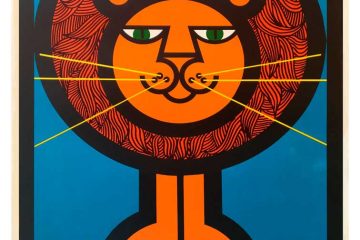Uncovering the Truth: Fake or Fortune in the Art World
Introduction
In the world of art, the distinction between a masterpiece and a counterfeit can often be blurred. The topic of authenticity is crucial, particularly in high-stakes auctions and galleries where the difference in value can range from thousands to millions of pounds. The BBC television series, ‘Fake or Fortune,’ has garnered significant attention as it delves into the intricacies of art authentication, revealing not just the value of artworks but also the stories behind them.
The Series Unveiled
First aired in 2011, ‘Fake or Fortune’ features art experts Fiona Bruce and Philip Mould, who work together to uncover whether a piece of art is genuine or a clever forgery. Each episode follows a particular artwork’s journey, as they investigate its provenance and consult with specialists in various fields, such as art historians and scientists. The show highlights the modern techniques used for authentication, including carbon dating and visible light spectroscopy.
Recent Episodes and Discoveries
In its latest season, the series has continued to captivate audiences by tackling even more complex cases. For instance, one episode featured a painting attributed to the renowned artist Thomas Gainsborough, stirring excitement in the art community when initial assessments suggested it could be authentic. However, as the investigative team delved deeper, they revealed aspects of the painting that indicated it was indeed a copy rather than an original, illustrating the challenging nature of certifying artworks.
The show has also brought to light the emotional investment people have in art, with stories of owners passionately hoping their pieces are valued higher than anticipated. The personal anecdotes, combined with the suspense of unveiling these secrets, make ‘Fake or Fortune’ not just informative but highly engaging.
The Impact of the Series
Fake or Fortune has had far-reaching implications beyond mere entertainment. By educating viewers about art, the series raises awareness of the ongoing issues surrounding art fraud, a market estimated at billions of pounds annually. It has encouraged collectors to seek proper provenance records before purchasing works, thereby enhancing the integrity of the art market.
Conclusion
As ‘Fake or Fortune’ continues to reveal the truth behind both celebrated and obscure artworks, its influence on public understanding of art authenticity cannot be understated. The series effectively combines thrilling investigative journalism with education, making it essential viewing for art enthusiasts and collectors alike. As the art world evolves with new technologies and challenges, programmes like this will remain vital in illuminating the complexities of authenticity in an ever-competitive market.








